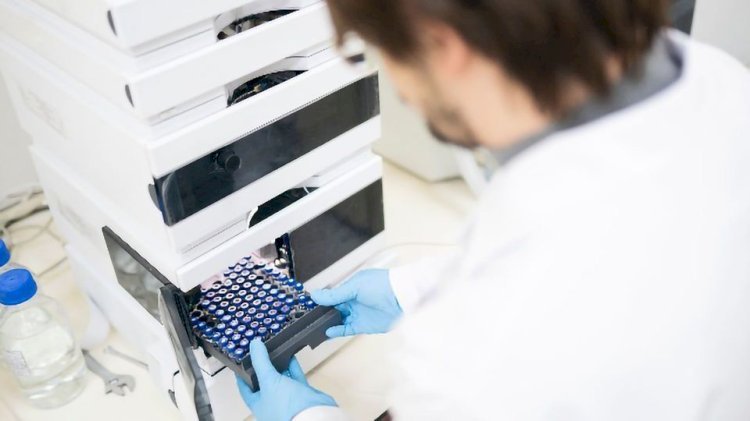CRO Diaries: Strategies To Achieve Reliable Quantitative LC-MS Measurements

Liquid chromatography-mass spectrometry (LC-MS) combines two selective techniques for isolating and measuring analytes in complex biological matrices. The LC component differentiates analytes based on their physicochemical properties, while the MS unit differentiates based on their mass-to-charge ratio. This duality makes the LC-MS method a powerful analytical technique. The MS unit not only acts as a detector but has the potential to identify species that correspond to individual chromatography peaks.
Such advanced specifications have made LC-MS analysis the primary choice of technique in drug discovery and development studies. LC-MS assays are used heavily to measure the bioavailability of Drug Products, assess purity and identify associated drug metabolites. However, LC-MS method development and validation will always remain crucial for reliable assay results. The current article is a guide incorporating different strategies researchers can use to achieve reliable quantitative LC-mass spectrometry measurements as cheaply and quickly as possible.
LC-MS strategies for reliable quantitative measurements
The matrix effect is a common issue with biological samples. This effect is due to the disturbance from sample components in the ionization mechanism. Co-elution with the analyte of interest may interfere with the data and lead to poor precision. Researchers can employ three approaches to reduce matrix effects. They can physically separate the interference and the analyte of interest on the column. Secondly, researchers can remove interference in the sample preparation stage. Lastly, a stable isotopically labeled internal standard can be used for analysis. In theory, these labeled internal standards will co-elute with their unlabelled counterpart. Hence, both will undergo a similar matrix effect. Thus, the response ratio can determine concentrations and help compensate between matrices.
Researchers must always consider a homogeneous sample that adequately represents the analyte during quantitative analysis. Besides, they must control the storage conditions and test samples for stability.
Must Read: The Role of PK Labs in Clinical Trial Design and Execution
Calibration standards and quality control samples are critical for bioanalysis. Researchers must first prepare standards with known concentrations. These standards are usually prepared by adding a range of concentrations and blank samples and generating a calibration curve for quantifying the analytes of interest. Moreover, the blank samples must be close enough to the study sample. Quality control samples can be prepared in bulk and should be tested regularly. Quality control samples are crucial to assay bias and precision, and their quantification at predefined limits dictates the acceptance of LC-MS data. Besides, researchers are increasingly reanalyzing a portion of assay samples to show the precision of LC-MS systems at regular intervals.
Researchers can directly analyze complex study samples using LC-MS assays. However, they often clean the samples to remove interference and concentrate the sample with the analytes of interest. Researchers can add an internal standard to control variations due to ionization, matrix effect, and recovery. However, the extraction method must be compatible with LC-MS analysis. Moreover, researchers can perform a system suitability test by injecting a known solution in LC-MS and comparing the data with previous results. Besides, blank samples and samples with an internal standard can be compared to demonstrate the selectivity of LC-MS assays.
What's Your Reaction?















